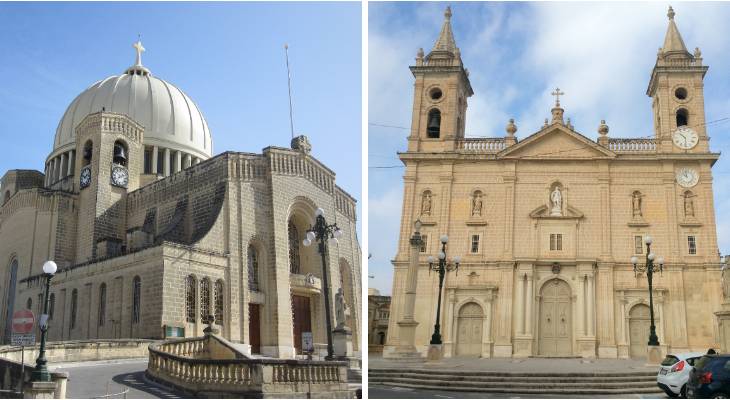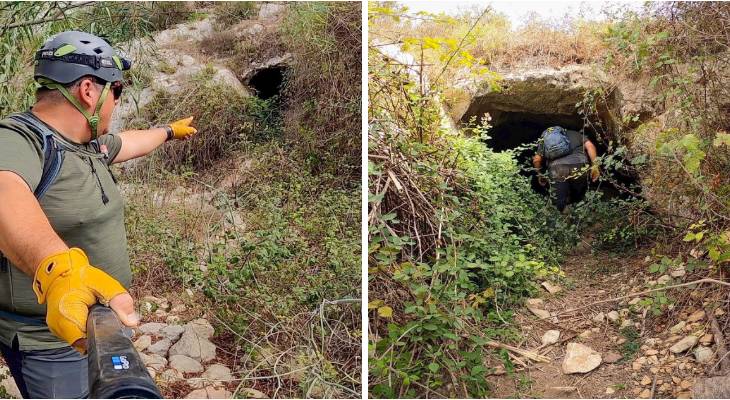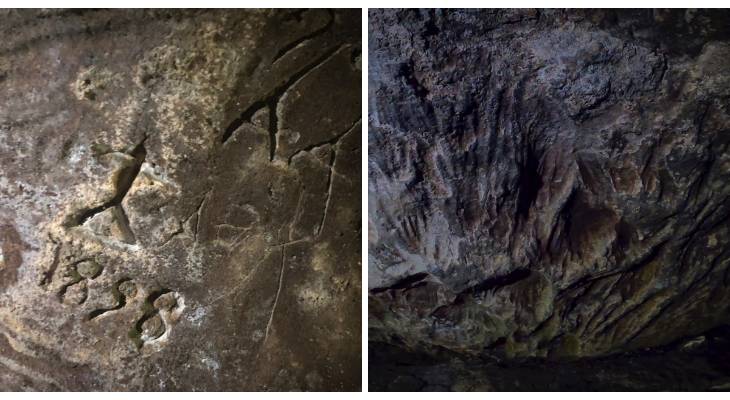If you’re looking to witness remnants of Malta’s rich history, chances are Qormi wouldn’t be the first place you’d check out – but, believe it or not, this highly underrated town is brimming with artifacts, some dating back thousands of years…
…and it just so happens that Maltese adventurer Pierre Farrugia’s latest endeavour shines a light on a piece of Qormi’s past that is seldom mentioned in history books!
But before we get into all that, here’s a bit of background into how the Qormi we know today came to be.
It is believed that this town has its roots in the Bronze Age, as pottery dating back to this time period was found in the area known as ‘Stabal’. This discovery suggests that humans inhabited this area as early as 1500 – 800 BC!

Punic tombs and Ancient Roman remains were also found scattered around the town, although it’s highly likely that during these times, the Qormi area was only inhabited by a couple of small communities.
As the Middle Ages dawned on Malta, Qormi started to grow – most probably because of how close it was to the Grand Harbour. The first written reference to this spot, which dates back to 1417, claims that Qormi provided around 100 men to serve in the Dejma, that is, a militia of sorts.
Pierre’s adventure transports us back to this exact period – the Medieval times.
Hidden behind vegetation deep inside Qormi’s Wied il-Kbir, Pierre came across a cave known as Ghar Tas-Slaleb or Ghar Hanzir.
Whilst it’s pretty hard to spot nowadays, it is believed that this cave used to serve as a church for troglodytes back in the Middle Ages!

Ghar Tas-Slaleb is far larger than it initially lets on, spanning around two-and-a-half metres in height and five metres in width. Upon entering the cave, Pierre was awestruck by the grooves engraved in its walls and ceiling – resembling the arches found in Medieval churches.
From dates and crosses to stars and unrecognisable symbols, the cave’s walls are rife with mysterious engravings providing further insight into its past purpose.
Perhaps one of the creepier findings is a set of wall markings that highly resemble scratches…

Whilst your average adventurer would be satisfied with heading this far into Ghar Tas-Slaleb, Pierre was adamant about exploring further.
The adventurer’s curiosity led him into a much smaller chamber, also dotted with wall-engravings. In this area, Pierre came across an old piece of pottery, which was most probably used when the cave was still rife with activity.

Before heading out, Pierre tried to make his way into the cave’s third chamber – although that proved to be far harder than expected. The opening to this space was blocked by large rocks and proved to be too tight for Pierre.
Even so, it’s safe to say that this was an extremely interesting and eye-opening expedition!